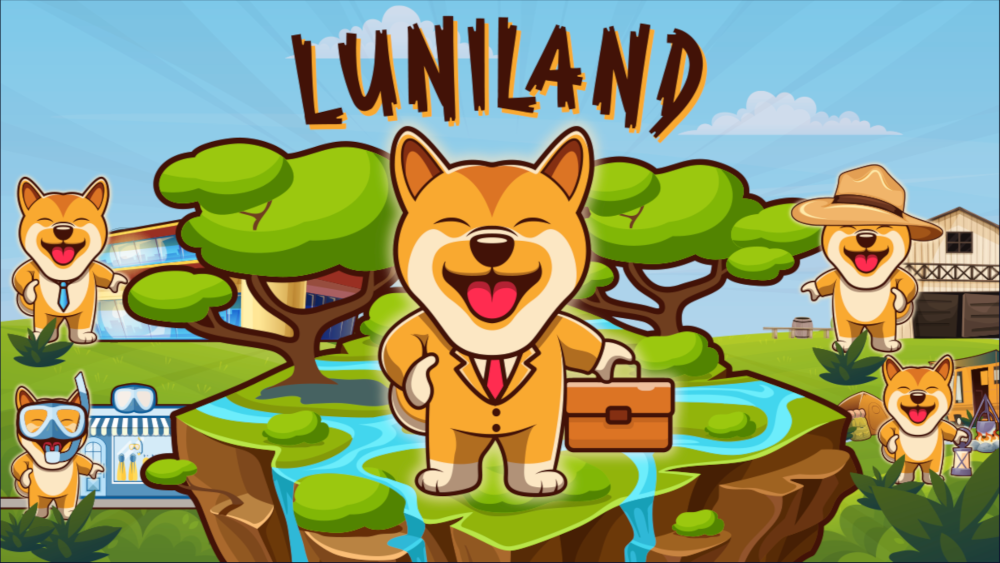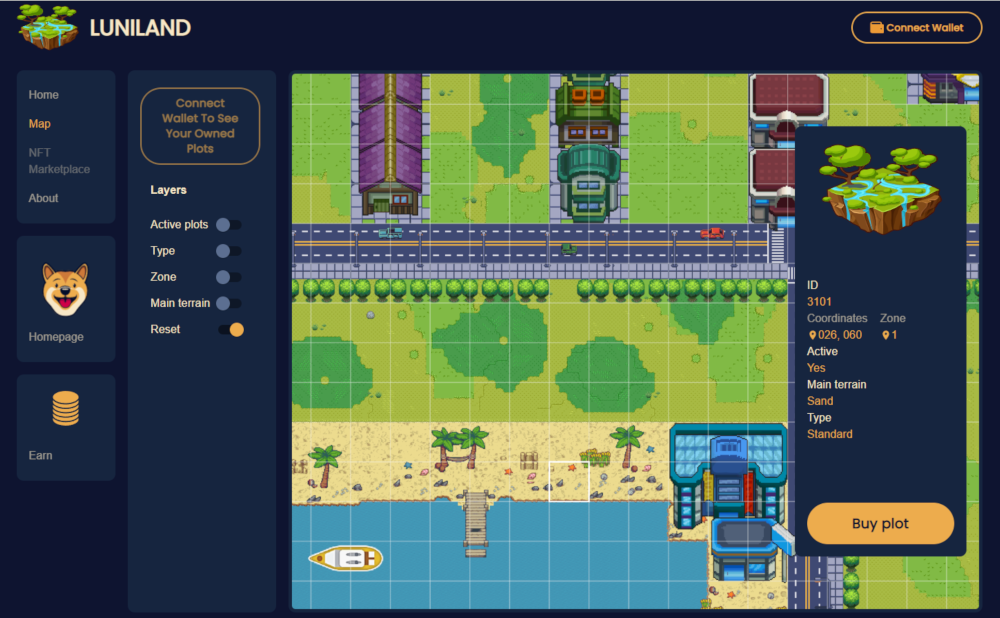LUNI Case Study

LUNI Case Study
Luni stated as meme coin developed into utility coin with unique application of NFTs by adapting innovative approach in code delivery and design brief. With rapid expansion of road-map and development team Luni provided value with cutting edge technologies including Rust and WebAssembly and peaked at 20M$ in market cap.
Identifying the Market
Luni's creation began with thorough market research. As a bootstrapped project with limited funding, the option to deploy on an established chain was dismissed. While such a path would have simplified the development process, it demanded considerable financial resources for marketing and promotions.
Instead, Luni chose to ride the wave of innovation, adopting the Terra blockchain. This young, growing ecosystem provided a middle ground, with less competition yet sufficient traction to attract new users. The chosen logo, featuring a dog's face, was specifically designed to catch the eye and subtly reference the trend of dog-themed coins for familiarity and comfort.
The journey began with the launch of a pre-alpha version of the website and the coin's listing on its first aggregator, CoinHall. Communication channels were established on Discord and Telegram, and the first promotional event, a mini-game competition, was organized. With growing community engagement and mobilisation, Luni achieved its first significant milestone, making it into the top 30 tab in the CoinHall.
Community Engagement
Maintaining a constant stream of updates was critical to keeping the growing user base engaged and preventing them from migrating to other platforms. Regular updates about plans, website improvements, mini-games, and NFTs, as well as constant moderation support, successfully kept the community interested. After reaching a certain threshold, the snowball effect took over, creating a self-sustaining cycle of community growth.
The snowball effect culminated in mentions on platforms like Facebook and Reddit, allowing Luni to cross a critical threshold. The token's economics began to generate sufficient funding, transitioning Luni from a meme coin to a utility coin. The mini-games initially developed for promotion provided valuable insights into what would gain traction and how to set up the tokenomics to encourage playing without destabilizing the token's economy. Community trends also guided the team towards the metaverse, ultimately leading to the decision to develop games within this realm.
Development Expansion
As Luni gained traction, the need to expand the development team became apparent. Initially, there was only one part-time developer on the project. However, with a tenfold expansion in the roadmap over a mere three months, additional resources were necessary. From the outset, the development was remote, opening up a global talent pool. Despite this, finding skilled developers proficient in Rust and Terra was a significant challenge. Eventually, three developers were hired through connections, as traditional recruitment avenues proved unfruitful.
To further enhance the website and prepare it for game integration, three more frontend developers were brought onboard. Even though industry-standard technologies were used, finding developers with the right skillset was difficult.
All developers were senior-level professional thus kickstart was only phase where synchronous work with constant video calls were required to get everyone on same page. After that work was distributed asynchronously with tickets and MR discussions, thus minimized overhead, reducing meetings to just two 30-minute team check-ins per week (team operated in 14h range of timezones)
Team iterated in rapid cycles to maximize delivered value enforcing industry best practice such as test driven development, property base testing and thorough review process to minimize risk of hacking.
NFTs
Luni's tokenomics included standard practices but also featured unique elements like Luni staking and NFT staking. Luni staking was fairly conventional, involving a custom staking contract with predefined APR rules and cool down period of unstaking funds.
NFT staking, however, was less common. The goal of this strategy was to incentivize users to purchase limited-edition NFTs. These NFTs could enhance the staking contract benefits and provide additional bonuses for owned plots in the game under development.

The planned game was also based on NFTs, following the modern metaverse model. Approximately 70% of the game's map plots could be owned by users. Each plot fell under a specific class and, combined with other NFTs, could boost the passive income generated by plot ownership.
This design significantly boosted the sale of Luni's NFTs on one of Terra's marketplaces.
Project Conclusion
LUNI transformed from meme coin to utility coin and peaked at 20M$ in market cap funding the employment of additional developers. However, the collapse of the Terra blockchain - which LUNI was built on - led to the swift evaporation of Luna's economy and, by extension, LUNI's. With the funding stream abruptly cut, the project was forced to end. This could be circumvented with multichain however such features were only in conception phase
In retrospect, LUNI's journey underscores the importance of market fit, community engagement, and constant updates. However, it also highlights the risks involved in adopting new technologies and challenges associated with it.

